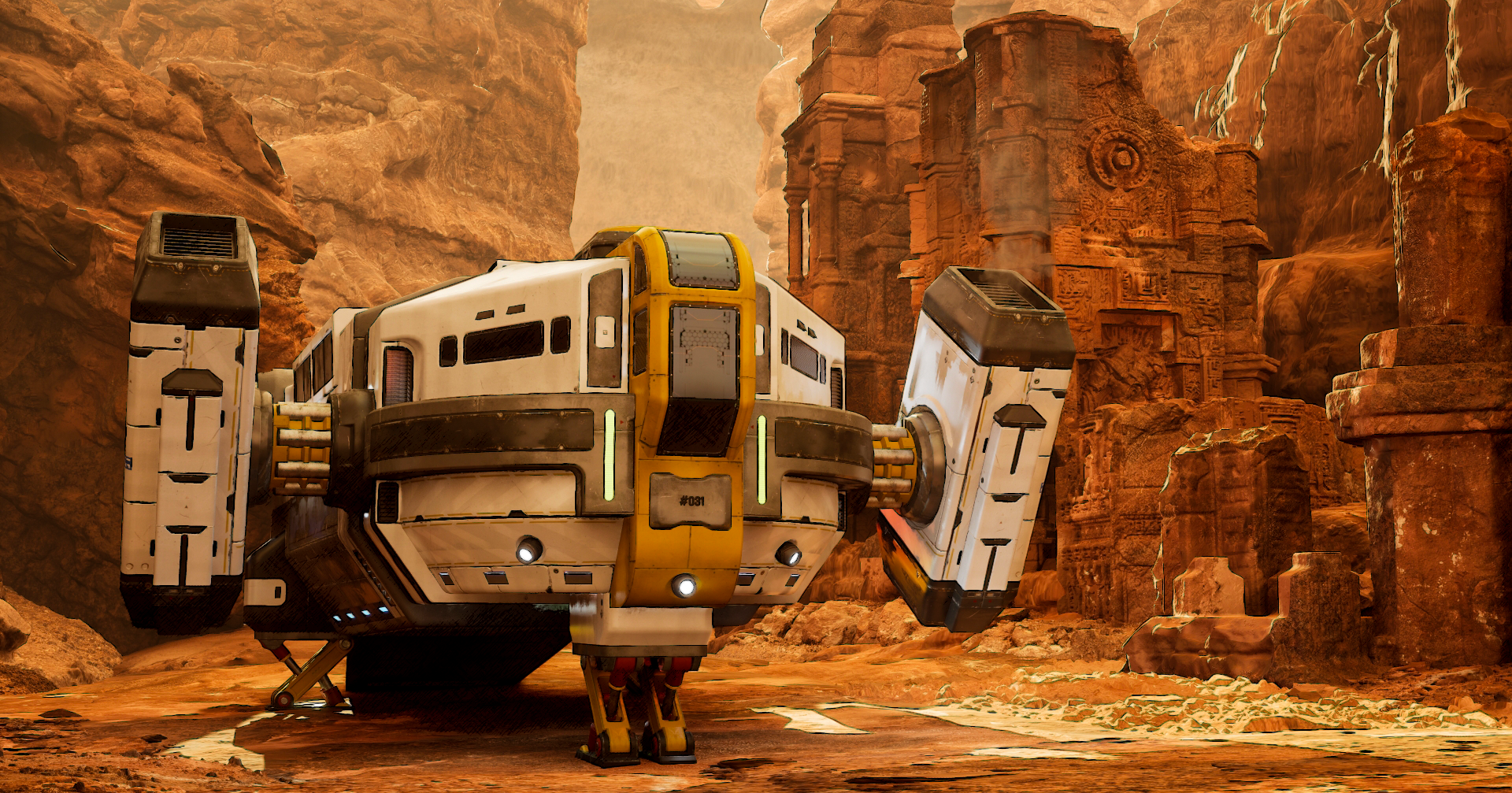Sequences, Scenes & Beats Key to Transmedia Stories – Part 1
McKee’s hierarchy of story structure provides a set of breakpoints at which a story can be moved from one media platform to another or one medium to another. While McKee developed his hierarchy of story, act, sequence, scene, and beat (McKee, 1997, pp. 34-42) to describe the story structure ofContinue Reading
Scene/Sequence Level Transmedia Design Tasks
The fourth level of design tasks is at the scene/sequence level. This is the level at which the design decisions made earlier in the transmedia narrative design process are used in the development of narrative content. Story concepts and narrative structure are translated into individual scenes and sequences and theContinue Reading
Retainers & Call-to-Action Design for Transmedia Stories
Every call-to-action needs to have a retainer. A retainer serves two functions: It provides the user with a “reward” for using the connector It moves the user into the next unit of the narrative The call-to-action’s motivator and connector made “promises” to the user. The retainer is where those promisesContinue Reading
Cognitive/Physical Affordances & Call-to-Action Design for Transmedia Stories
The connector makes it possible for the user to take the action needed to fulfill the task decision. The design of the connector should focus on the cognitive affordances needed by the user to make the cognitive links between story elements (including developing the user’s cognitive map) and the physicalContinue Reading
Motivators & Call-to-Action Design for Transmedia Stories
The purpose of the motivator is to facilitate the user’s development of a task decision. The cognitive affordances of the motivator are particularly important to the motivator’s effectiveness. The purpose of the motivator is to give the user a reason to interact with the narrative. This can be done byContinue Reading
Attractors & Call-to-Action Design for Transmedia Stories
The primary purpose of the attractor is to draw the user’s attention to the call of action. The environment around the user of a transmedia narrative, both on and off screen, is full of information competing for the user’s attention. The attractor needs to be able to cut through theContinue Reading
Call-to-Action Design for Transmedia Stories (Part 3)
Who the call-to-action addresses and how it addresses them is another factor the transmedia designer should consider. Four types audience address factors have been identified (Dena, 2007): Many-through-one: A single call-to-action addresses all of the users of the transmedia narrative. Many-through-many: Many calls-to-action address many different users. Some-through-some: Some calls-to-actionContinue Reading
Call-to-Action Design for Transmedia Stories (Part 2)
The time it takes to make a jump (traversal time) can have a significant impact on the effectiveness of the call-to-action. Three traversal time factors have been identified (Dena, 2007): Pacing: The pacing is the amount of time that elapses between calls-to-action. Pacing can affect the user at both theContinue Reading
Using CG Images to Set the Scene in Transmedia Stories
The flexibility of 3D computer graphics makes them an attractive option for developing images for transmedia narratives. Let’s imagine that we were developing a story in which our protagonist was conducting an investigation in a set of mysterious events. Our initial idea was to have her check out a dojoContinue Reading
Call-to-Action Design for Transmedia Stories (Part 1)
The story elements and media on both sides of a jump should be described early in the process of designing a call-to-action. The designer needs to consider how the call-to-action moves the user from one medium to another. Dena describes a number of factors related to the story and mediaContinue Reading
